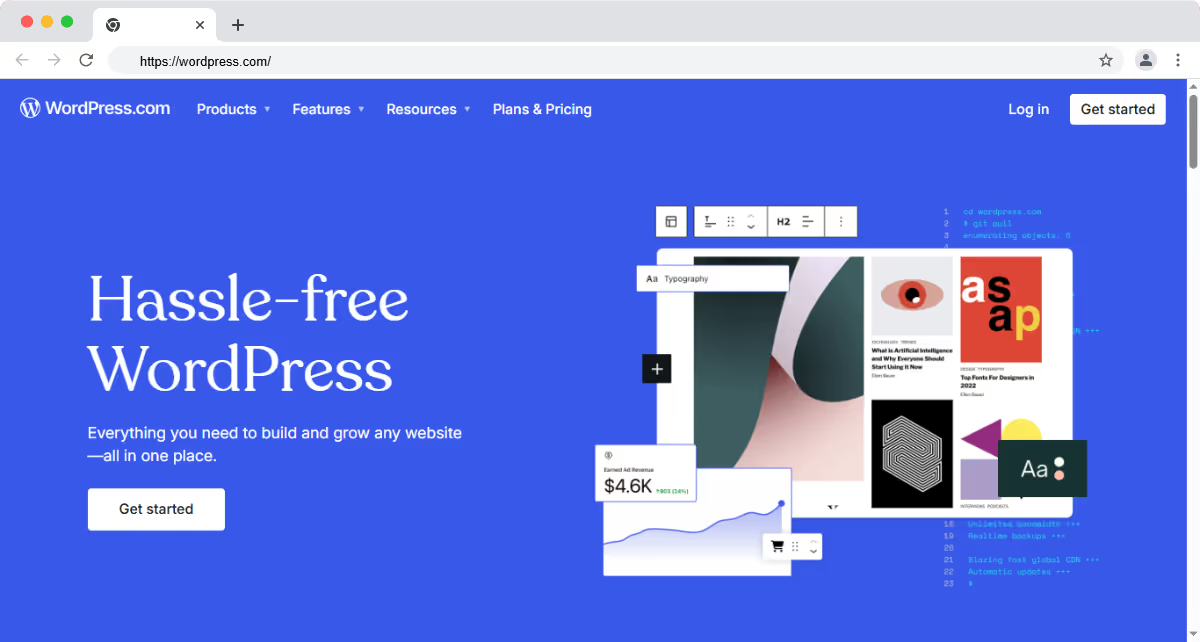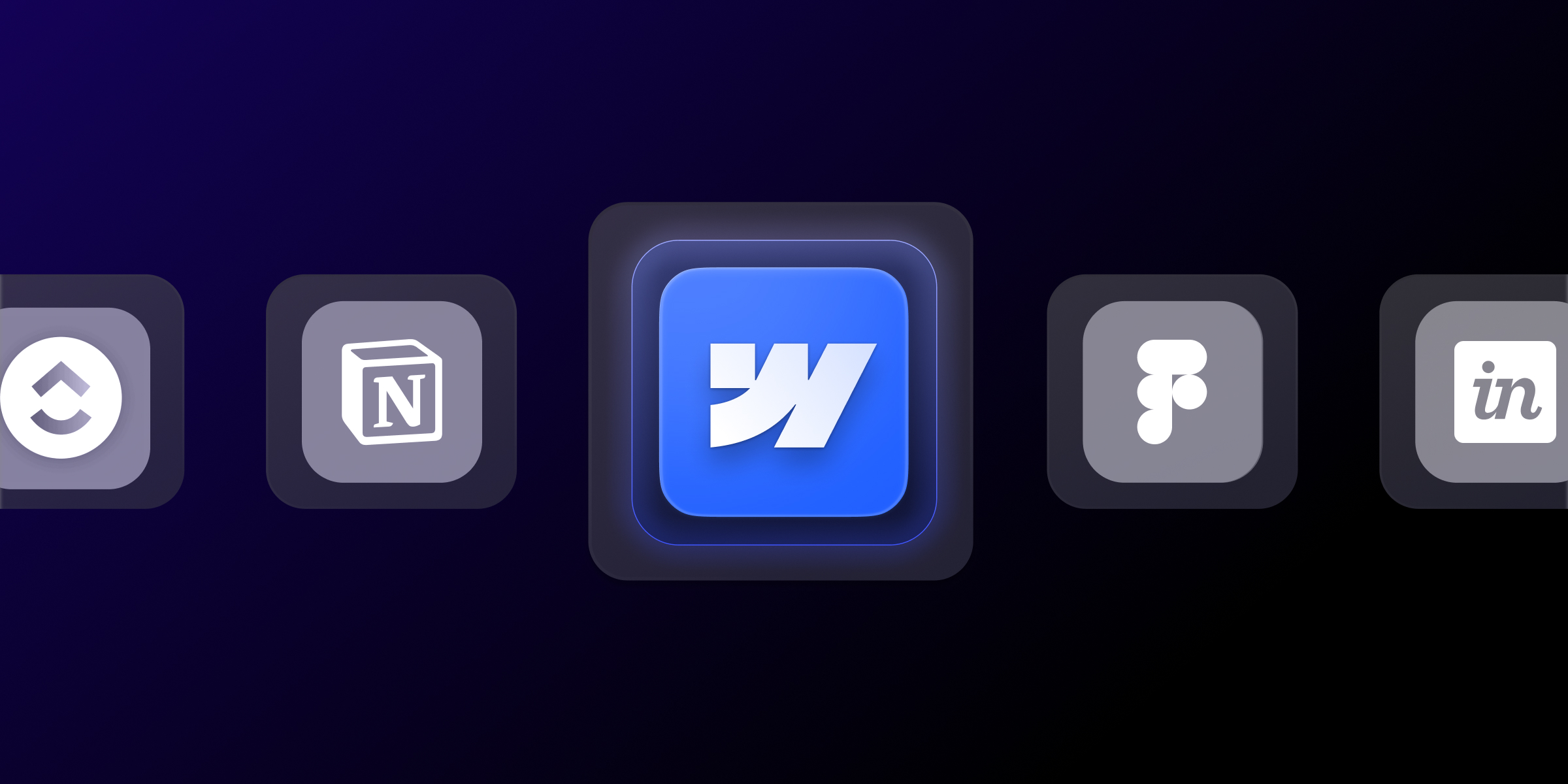15 Essential Webflow Development Tools Every Agency Uses in 2025
Find the 15 essential Webflow development tools that top agencies use in 2025. Boost productivity, streamline workflows, and deliver better client results.

Are you searching for the best Wix alternative for low-code website development? This article is helpful for you. Wix is a popular choice among non-tech users for building super websites without writing a single line of code. With its drag-and-drop interface, wide range of template libraries, and integrated features, it’s a go-to platform for many.
However, as website development needs evolve, users are starting to look beyond Wix. Whether it’s due to some of the limitations in customization, higher pricing for advanced features, or the need for more scalability, the search for Wix alternatives has never been stronger.
In this blog article, we will explore the top 5 Wix alternatives for low-code website development in 2025. These platforms offer powerful features, greater flexibility, and competitive pricing, making them ideal for users seeking to level up their web presence without hiring a developer.
While Wix is a fantastic tool for beginners, it may not be the perfect fit for everyone, especially those whose needs are growing or who crave more control and performance.
Before diving into the top Wix alternatives, here’s a checklist of essential features to consider when choosing a low-code website development platform:

Webflow combines the best of design flexibility and front-end development control. Often favored by designers and advanced users, it enables the creation of high-performance, pixel-perfect websites without needing to write extensive code.
Designers and developers who want full control over the visual and functional elements.
Recommended To Read: Webflow vs. Wix
Webflow is a top Wix alternative, or we can also say a clear winner for those who prioritize advanced design control, professional-grade animations, and custom interactions. While Wix is easier to start with, Webflow offers greater flexibility and better performance optimization for large-scale or creative websites.

Squarespace is a sleek, design-centric website builder known for stunning templates and a user-friendly interface. It’s a great fit for creatives, small businesses, and bloggers who want a clean and elegant website.
Creative and portfolio sites.
Compared to Wix, Squarespace offers better out-of-the-box design and mobile responsiveness. However, Wix may still lead when it comes to app integrations and layout customization.

WordPress.com, when paired with low-code builders like Elementor or Divi, becomes a powerhouse for content-heavy sites. A strong Wix alternative, it blends ease of use with immense scalability and plugin flexibility.
Content-heavy and scalable websites.
Elementor and Divi bring true visual editing to WordPress, enabling anyone to build complex layouts and responsive designs without writing code.

Shopify is a dedicated e-commerce platform built for ease, scalability, and performance. It’s the most robust alternative to Wix for online stores.
E-commerce businesses are looking for ease and growth.
While Wix has ecommerce features, Shopify is built from the ground up for online selling. It offers superior store management, checkout customization, and support for large inventories.

Dorik is an emerging player in the low-code builder space. It offers an incredibly clean UI, affordability, and everything you need to launch a modern website quickly.
Simplicity and affordability.
Perfect for freelancers, personal websites, landing pages, and small businesses wanting a polished site without a large budget or tech hassle.
Looking for a Dorik alternative with more design flexibility and robust CMS features? Webflow is a powerful choice. As a no-code platform, it lets you build responsive, SEO-friendly websites with full control making Webflow the best alternative to Dorik in 2025.
While Wix continues to be a strong player in the low-code website builder space, it's not the only option, and for many users, it might not be the best. Whether you’re looking for more design control (Webflow), elegant templates (Squarespace), robust content management (WordPress), advanced ecommerce (Shopify), or simplicity at a great price (Dorik), there’s a Wix alternative that’s perfect for your goals.
The right platform depends on your use case, so assess your needs carefully before committing. If you're scaling a business, launching a store, or showcasing a portfolio, there's a better alternative out there waiting to serve your vision.
Yes, Webflow offers more granular control over SEO elements like metadata, canonical tags, and alt text. Its clean code also contributes to better performance and indexing.
Wix does not support full site export. However, you can manually transfer content (text and images) and rebuild the design using another builder like Webflow or WordPress.
Squarespace and Dorik are the most beginner-friendly. They offer intuitive interfaces, pre-designed templates, and all-in-one functionality with minimal setup.
Yes, all the platforms listed above offer mobile-responsive templates or allow you to customize layouts for different screen sizes using visual builders.

Find the 15 essential Webflow development tools that top agencies use in 2025. Boost productivity, streamline workflows, and deliver better client results.

Ask any marketer, and they would say that your website is the perfect platform for online marketing. The Internet is an infinite universe of its own, and your website is the best tool to represent your business

Easily connect Webflow forms to HubSpot for smoother workflow and better data management. Simplify your processes with Webflow HubSpot integration.
Quick Turnaround. No Contracts. Cancel Anytime. Book a 30 minutes consulting call with our expert.